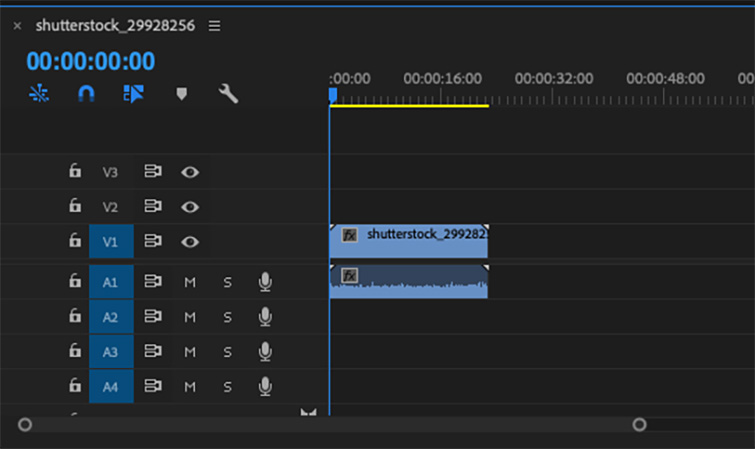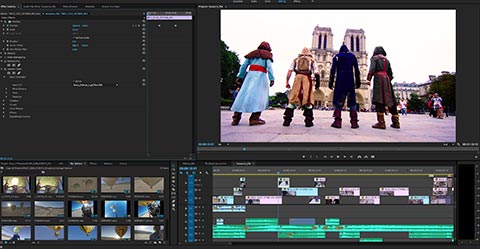

Then you can test it by exporting only a small fraction of the timeline to see whether it's cropped or not.īad Scenario 2:Help! Can I Rescale a Working 1080p Project to 4k? Go to sequence settings and change resolution to 3280x2160.

You might want to delete the clip and re-drag it into timeline to have the right preview. To fix this, you can right click on improperly scaled clips and hit "set to frame size". If you already start editing clips before selecting "set to frame size", you will see black bars around your footage. Import videos into the project bin, drag your clips into the timeline, and you shall see all clips already fill the entire frame, no matter it is 4K or 1080p.

Yes, the third option instead of "Scale to frame size" in the second roll. From the menu bar, go to Edit > Preferences > Media, in the pop-up window, find "Default Media Scaling" and select "Set to frame size". Upscale Preparation: Create a 4K Timeline Let's say you have a 1080p at 23.976 fpt, then you can choose the presets of RED R3D > HD 4k > 4K HD 16x9 23.976. If you want an output of 4K video (upscale low-res video to 4K), select presets that has the same frame rate and aspect ratio with you source video.

Make sure the presets match the desired export resolution. Go to File > New > Sequence (Shortcut Ctrl+N) to open up sequence presets. Create a new Premiere Pro project or open your current project. Edit Mixed Resolutions on the Time Line - Resize to Fill the Frame You can either upscale or downscale the resolution so that all clips are resized to the same resolution. Jump to auto-upscaling tutorial>Ĭase 1: Editing Videos with Mixed Resolutions on the Timelineįollow these steps if you have multiple clips with different resolutions on the same timeline. Or you can rely on another light weight video scaler that adopts motion adaptive pixel scaling algorithm that estimate finer resolution data and generate new pixels automatically. If you want to maximize details, it's better to use plug-ins or "details preserving upscale" effect in After Effects via dynamic link. Premiere Pro includes a simple algorithm to do this guess work. The more we know about the adjacent pixels, the more accurate it will be. So, if you stretch (scatter) the original 2 million pixels in a 3840x2160 frame, there are 6 million holes to be filled, and these non-existing pixels are created based on adjacent pixels. To illustrate, for a 1080p video, you only got 2 million some pixels to play with, while 4K has 8 million some pixels.
#HOW TO ZOOM IN PREMIERE PRO CC HOW TO#
How to Upscale Video in Premiere Pro (and Downscale in the Same Way)īefore we start, it's good to know that pixels cannot be created out of nothing.


 0 kommentar(er)
0 kommentar(er)
